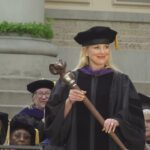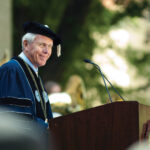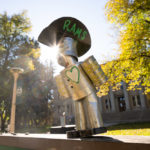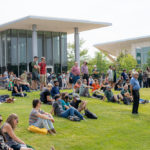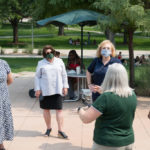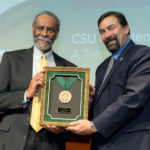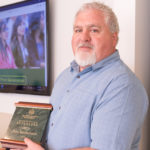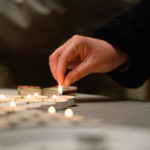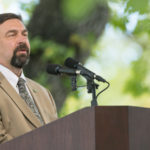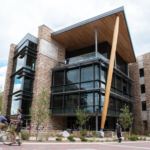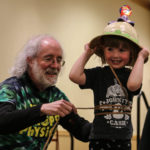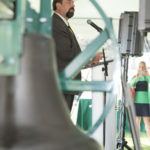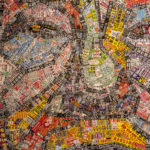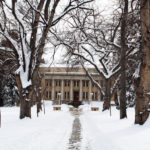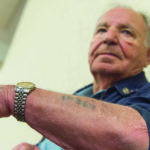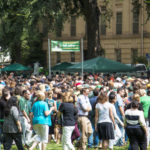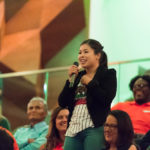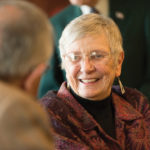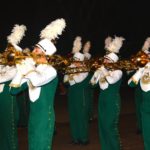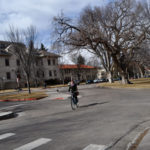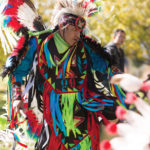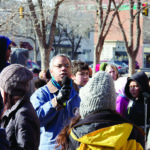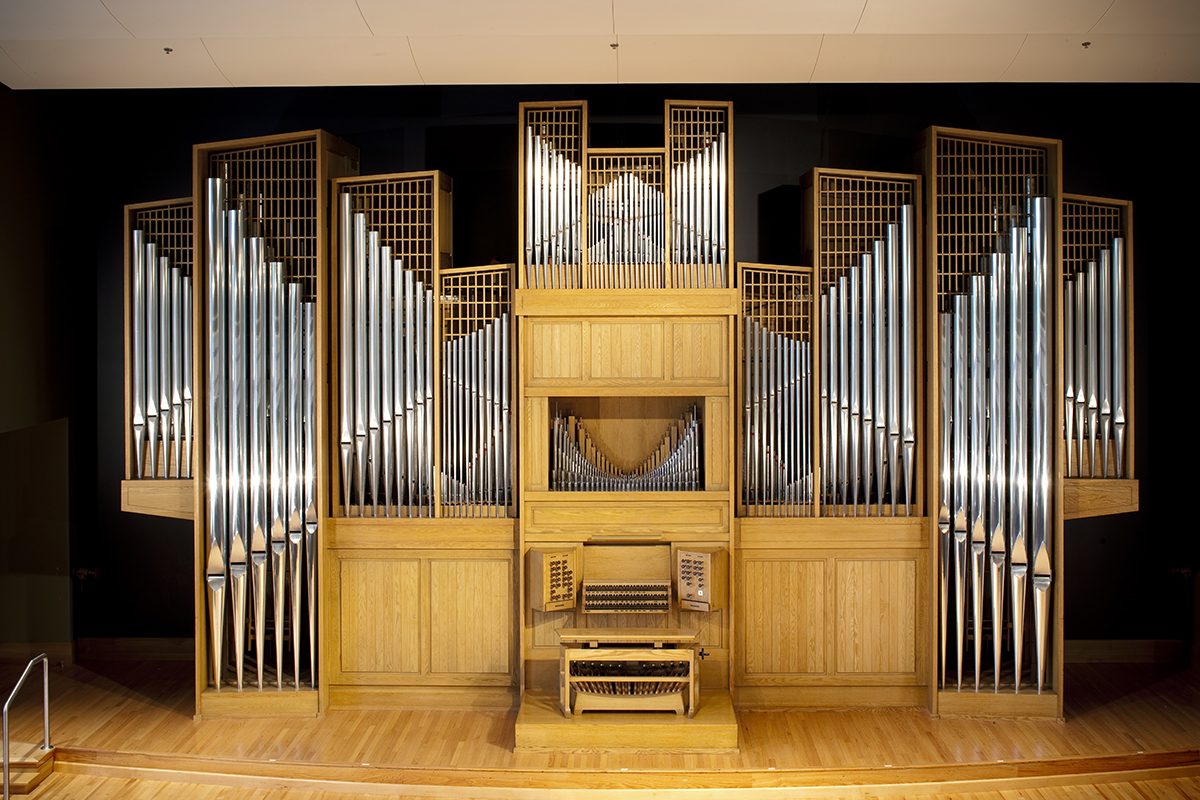
2,079 pipes, a 56-note keyboard, a 32-note pedal board and 34 stops.
A relic of the past and a symbol of music at Colorado State University, meet The Casavant Frères Organ.
CSU has long prided itself on being one of the few universities in the country with a grand organ.
Installed in 1968, The Casavant Frères Organ resides in, you guessed it, The Organ Recital Hall in the University Center for the Arts, located at 1400 Remington St.
Entering the Organ Recital Hall, one is greeted with rows of black chairs that march up to a light wood stage, surrounded by high ceilings intended to belt out the beautiful music that is commonly played there.
These aspects of the hall are of course out shadowed by the grand organ, sitting firmly on the back wall of the stage.
The sweep of the organ’s façade fills the entire south wall of the hall, with the tallest pipes reaching 19 feet. From this instrument emits powerful tones, enough for even those that are not musically inclined to feel influenced to tap their toes.
While the imagery of the hall and organ are beautiful, the real impact comes from the history behind the pipes.
Built by Casavant and designed and voiced by Lawrence I. Phelps, the organ is one of the first modern mechanical-action organs built at an American university, and is considered a landmark instrument in the “Organ Revival” movement.
The legacy of the Casavant organ has earned CSU the international reputation as the keeper of one of the finest organs built in the 20th century.
Seldom does a piece of history stand before an audience in such righteous light, and even less is that piece of history in our own backyard. The notion of CSU being one of the few activists in the “Organ Revival” movement is far more profound than one may realize.
It is in this hall that time stops and this relic of the past becomes the moment. It is in this very same hall that the talented students and faculty of CSU’s music program are able to showcase their talents.
Next time that you are in this hall, hopefully enjoying the fantastic music that is commonly played there, realize that you are a part of something bigger.
While the name grand accompanies this organ, a stronger adjective is necessary to describe the impact that it has on the world of music and any concerted efforts to regain the ambiance that was captured in the 17th and 18th century.
We are fortunate enough to be a part of that history to this day.
For more information on concerts in the Organ Recital Hall and at CSU, visit uca.colostate.edu
